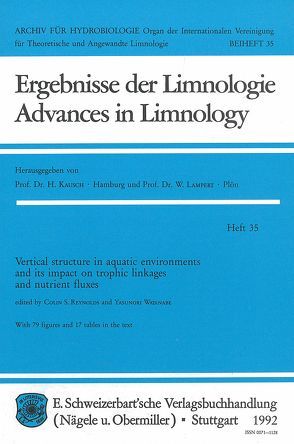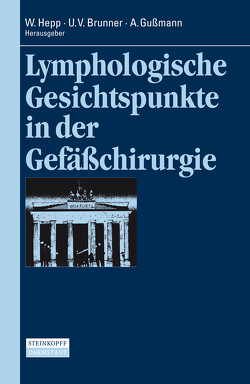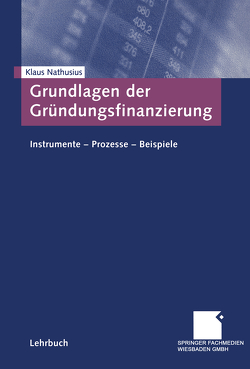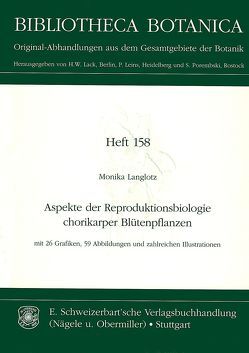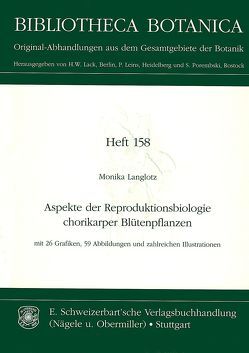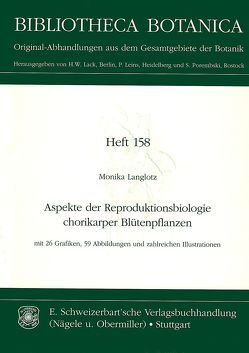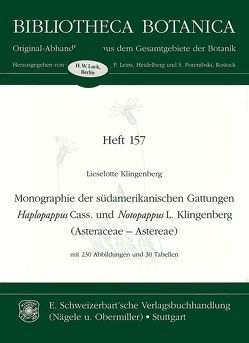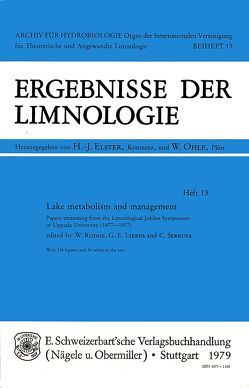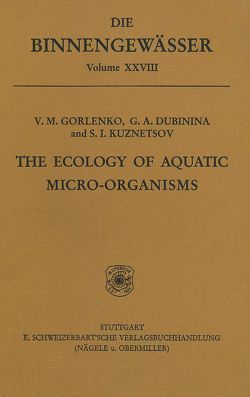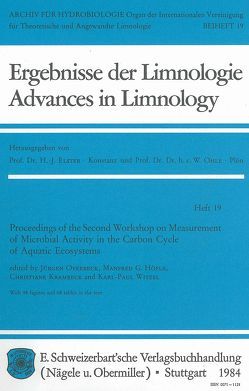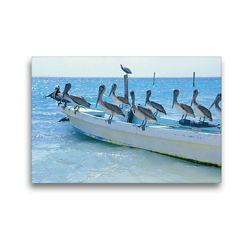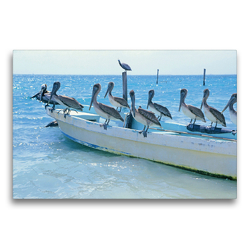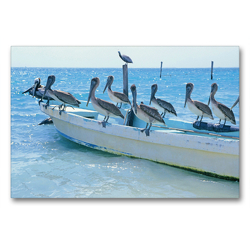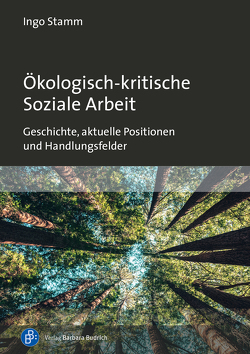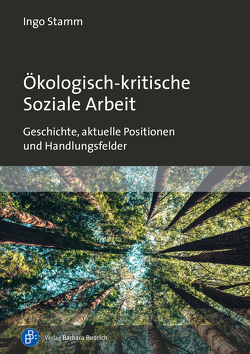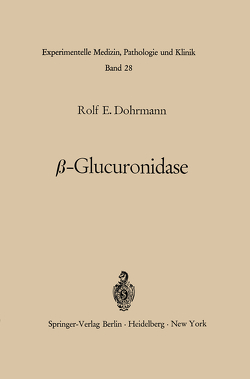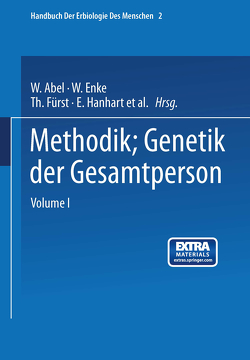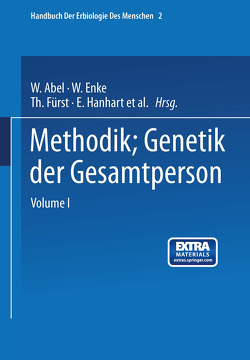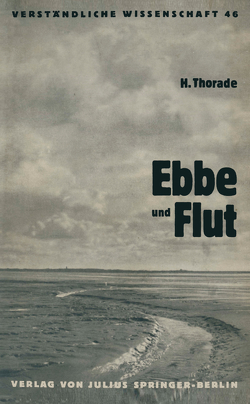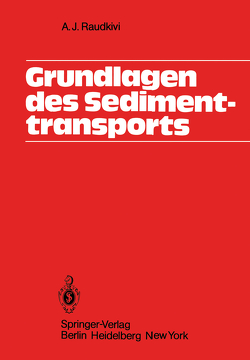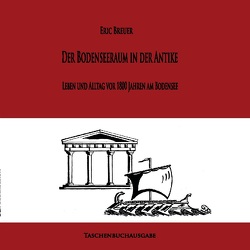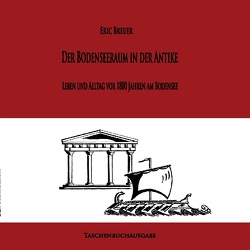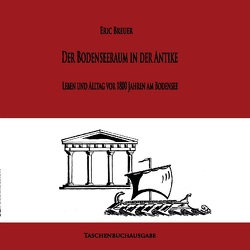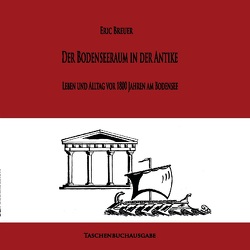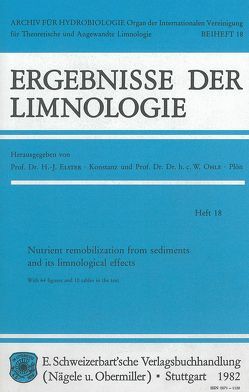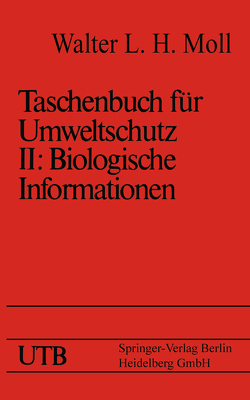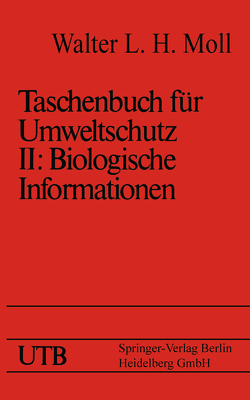Vertical structure in aquatic environments and its impact on trophic linkages and nutrient fluxes
Colin S Reynolds, Yasunori Watanabe
Planktonic organisms, by definition, pass most of their lives suspended in open water habitats. Unless they are exactly isopycnic with the water, however, the suspension is incomplete. Most of the time, the organisms rely on frequent displacement by turbulent eddies to overcome their unidirectional moment of gravitation. In fact, this simple mechanism underpins much of the evolutionary and physiological ecology of planktonic species. The special emphasis due to the role of vertical structure of the water body and to the vertical migrations of the organisms in mediating the trophic interactions and nutrient fluxes will be readily apparent in this compendium. The papers in this volume were originally presented in a special symposium convened by Y. Watanabe and W. Lampert at the Vth International Congress in Ecology, held at the Prince Hotel, Yokohama, Japan, (23-30 August 1990). The invited contributions cover such aspects as the responses of phytoplankton, Zooplankton and micro-organisms to vertical segregation of standing waters, and to the outcome of trophic interactions involving fish and the „microbial loop“. They are considered to be important to the understanding of energy transfer and nutrient cycling within aquatic ecosystems and of the couplings provided through the food chain. They also reveal something of the physiological properties of lake organisms and the nature of ecological interactions in aquatic community in an evolutionary context.
